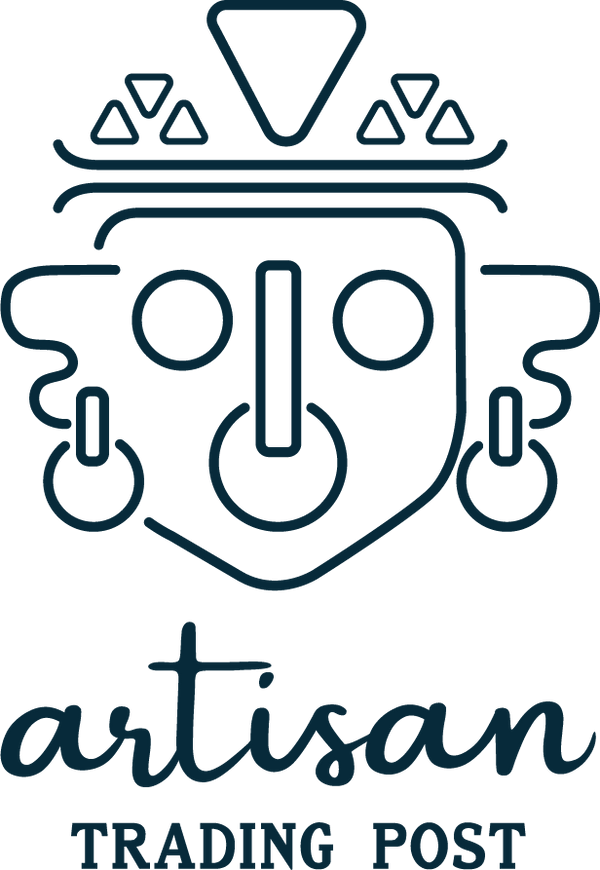A simple search online to learn about leather care will bring up endless amounts of research and information on grades of leather and a lexicon of terminology that could inspire an eye squint and solid head scratch. We’ll give you a quick overview to wrap your mind around what sets top-quality leather apart from cheaper types and teach you how to care for your heritage leather piece so it can last for years.
What are the best types of leather grain?
Full-grain. Leather is considered “full-grain” when the animal’s hair is removed from the hide, and goes right into the tanning process. We love using full-grain leather because we get to work with the entire thickness of the leather since there is no buffing or sanding out blemishes. This leaves you with a beautiful, natural and long-lasting material that is rich in character. Full-grain is considered the best quality leather because it’s more robust and durable.
Top-grain. Also known as “corrected-grain,” this type of leather is considered the second-best quality because most of the hide is left intact, but the top layer of the leather is removed to give a more polished and blemish-free look. While this type of leather looks great, it is a little weaker because the top layer of the skin is removed, compromising the material's durability.
Cheaper and less durable types of leather include bonded leather, patent leather, and split-grain leather. The most confusing leather term to navigate is probably “genuine” leather because it could mean anything from full and top-grain leather to reconstituted leather made from leather fibres and synthetic materials.
Signs of quality leather
Companies and artisans that work with high-quality leather usually love talking about leather, so if you notice they avoid sharing details, they might not be using top-quality material. Another thing to look for is a pale blue tint on the edge of the leather. This happens when a leather tanner rushes through the process, which could impact how the leather ages over time.
Is it normal for high-quality leather to have blemishes?
Yes! It’s important to remember leather comes from living animals that get cuts, scrapes, bug bites and scratches as they scamper around the great outdoors and have the occasional run-in with others in their herd. These signs of life sometimes show up in some of the best quality leather and contribute to the authenticity and character of your leather product. As all of our products are handmade, it’s essential to understand that every product will look unique and may have minor imperfections because leather is a natural material that displays the beautiful marks of life.
Where does our leather come from?
We use full and top-grain leather in our products and purchase directly from small family-owned tanneries in Ambato, Ecuador. These tanneries use natural processes and avoid harmful chemicals when possible.
What is a heritage leather product?
Unlike synthetic materials that break down over time and limit a piece’s lifespan, our high-quality leather can last a lifetime when cared for properly. We like to refer to these products as “heritage” leather products because we hope you’ll be able to pass these beautiful pieces down for a new generation to use and enjoy.
How do I prevent or fix scratches on my leather products?
We recommend using a natural beeswax leather conditioner or leather balm to keep your leather goods looking fresh and bright. You can use this as a preventative measure against scratches and even repair light surface scratches on dry leather. Applying a non-toxic leather conditioner regularly to your product will prolong the lifespan of your favourite leather goods because it will both polish and protect the leather.

